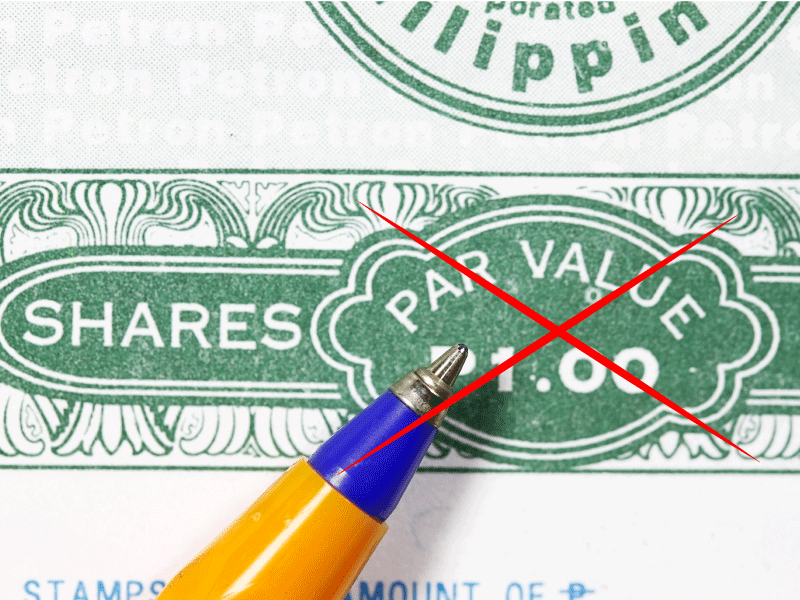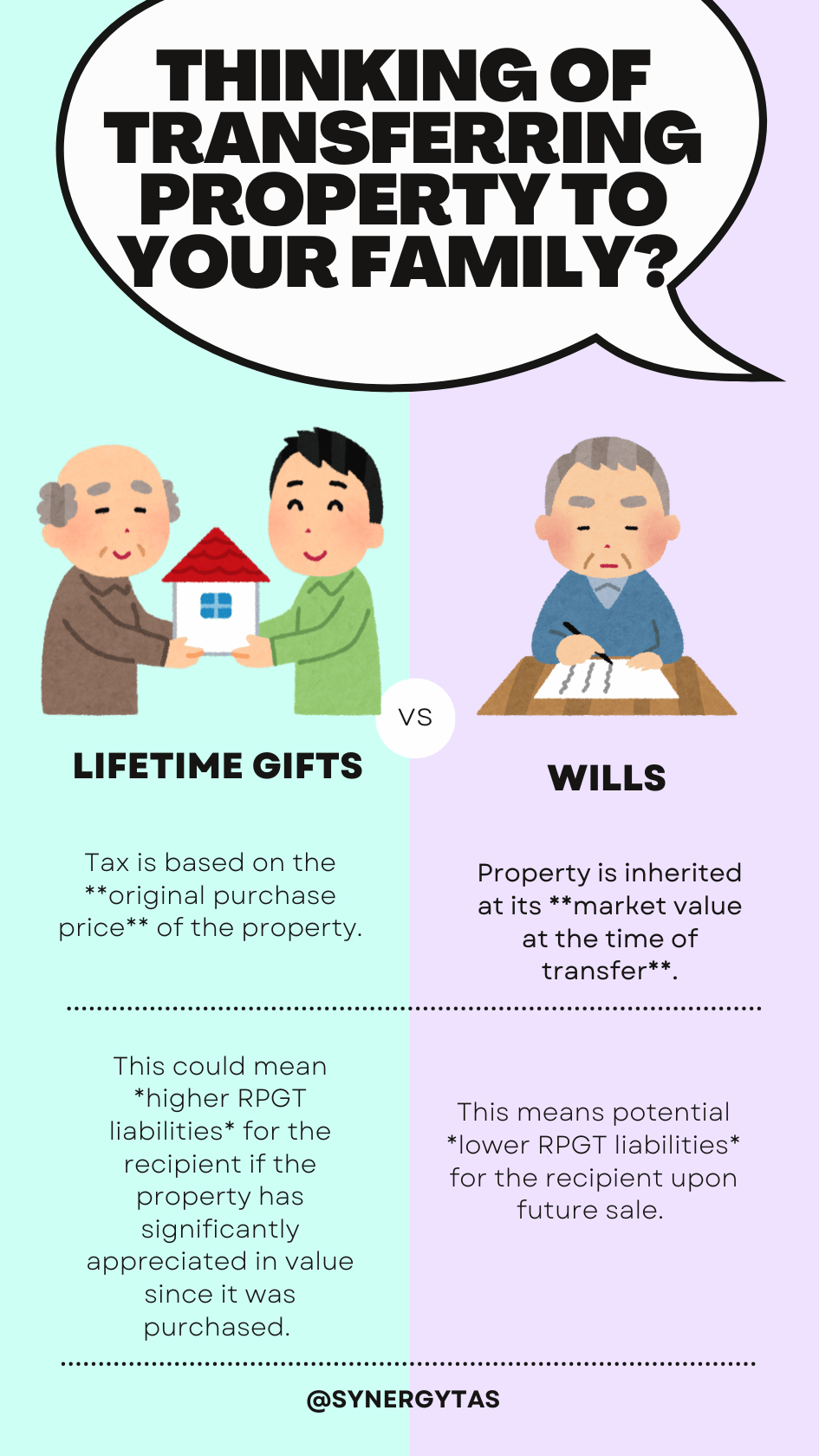One of the key changes in the recently passed Companies Bill 2015 is on par value of shares.

CHANGE IN COMPANY LAW
Existing : Shares of Malaysian companies are currently issued with a par/nominal value.
NEW : The Bill introduces a no-par value regime where all new shares issued by a company shall have no par/nominal value.
To ensure a smooth transition, the Bill provides for transitional provisions (such as a 24-month period to enable companies to utilize any amounts standing in its existing share premium account) and provisions to preserve the effect of existing contracts and other instruments which rely on the concept of par/nominal value.
Source :S 74 of CB 2015
All shares issued before or upon the commencement of this Act shall have no par or nominal value.
Sectio 74 of Companies Bill 2015

Many is unfamiliar with the concept of “Par Value”.
Read on to discover how it works.
Par value stock has no relation to market value and, as a concept, is somewhat archaic in the RELATIVELY more modern company law structures.
Since Malaysia is applying its Companies Law 1965 (which is enacted in the 60s), par value is still in our company law regime. But not for long, since Section 74 of the Companies Bill 2015 requires shares to be issued at no par or nominal value.
Why “Par Value” was implemented at the First Place ?
In fact, the concept of having a “par value” is a mechanism created to protect interest of shareholders.
This is how “par value” of a share works :
Par value is the value stated in the corporate charter, where it sets the minimum amount shares of similar class can be sold during its initial offering.
In simple English means the issuing company promises not to issue more shares below a defined value, this defined value is termed as “par value”, so that investors can be confident that no one else will receive a more favorable issue price. As such par value in fact is the nominal value of a security which is determined by the issuing company to be its minimum price.
This approach is good, but of no significance in Malaysia, where a stock issuance prices must be published.
Accounting purpose of “Par Value”
Par value also has accounting purposes. It allows the company to put a de minimis value for the stock on the company’s financial statement.
The par value of a stock is the stated value per share as outlined in the issuing company’s charter. Also called the face value because it’s the value printed on the face of a bond or stock certificate. The difference between par and no par value stocks, therefore, is the presence or absence of this baseline valuation.
Companies sell stock as a means of generating equity capital, so the par value multiplied by the total number of shares issued is the minimum amount of capital that will be generated by selling all the shares.
Theoretical Liability Arising from Par Value System
However, the par value of stock constitutes a binding, two-way contract between the company and the shareholder. On one hand, if shareholders pay less than the par value for a share of stock and the issuing company later becomes unable to meet its financial obligations, its creditors can require that shareholders pay the difference between the purchase price and the par value as a means of fulfilling the company’s unpaid debts.
On the other hand, if the market price of the stock falls below the par value, the company may be liable to shareholders for the difference. To circumvent both these scenarios, most companies issue stock with very low par values, often one cent.
Malaysia opt for : Stocks with “No Par Value”
In some countries, including Malaysia opt for this approach (upon gazetting of Companies Bill 2015), companies are allowed to issue stock with no stated par value. No par value stocks do not carry any of these theoretical liabilities, since there is no baseline value per share. However, since most companies use such low par values to begin with, the effect of this difference is minimal.
In most cases, the par value of stock is merely an accounting concern, a relatively minor one. The only financial effect of a no par value issuance is that any equity funding generated by the sale of no par value stock is credited to the common stock account, while funds from the sale of par value stock is divided between the common stock account and the paid in capital account.
Transitional Concern
Prior to coming into effect of the new companies bill, it is important for companies to first be clear on what are the right accounting entries and adjustment need, also be aware of the right procedure and format of shares to be issued during transitional period and upon full implementation of the new law.
Source : Investopedia ; Wikipedia










